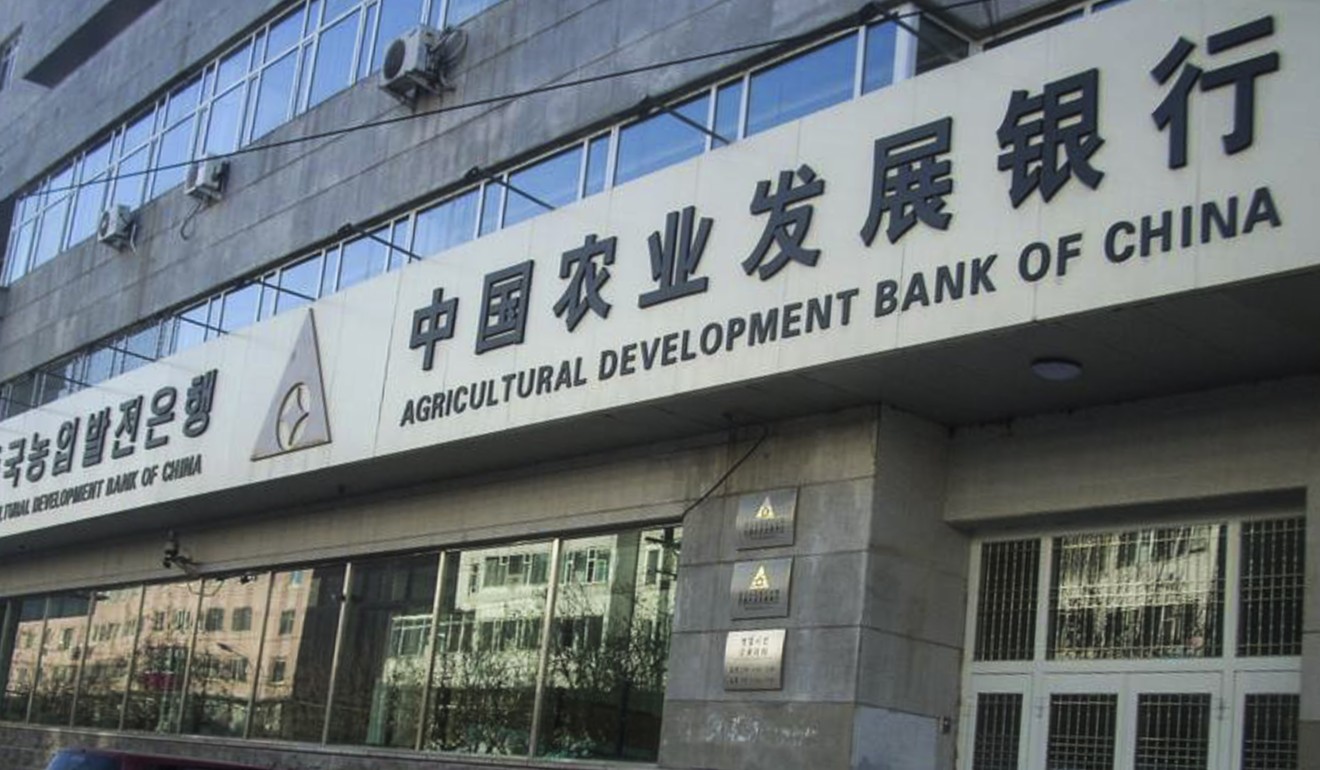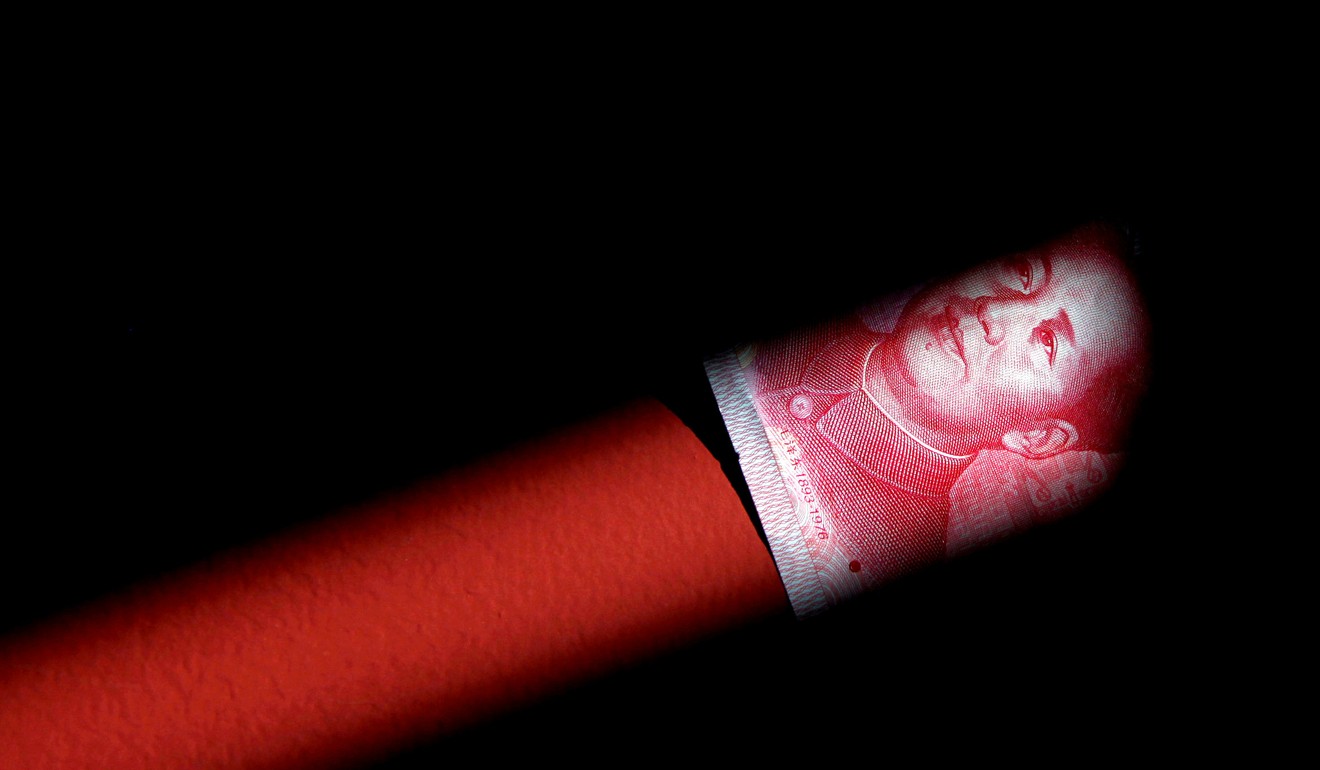
Chinese local governments’ US$2.4 billion of concealed debt is uncovered by audit office
Hidden debts were racked up by borrowing through financing vehicles and deals forbidden by the finance ministry, report says

China’s latest official audit report has exposed more than 15 billion yuan (US$2.4 billion) of undeclared debt in local governments that worked around the rules to fund infrastructure projects.
This “hidden debt” worries economists and regulators despite China’s overall government debt falling last year to 36.2 per cent of its GDP, comfortably below the level of most advanced economies.
It came in the form of local authorities guaranteeing, often by informal arrangements, borrowing by companies known as local government financing vehicles (LGFVs), which fund projects on behalf of local governments.
Chinese President Xi Jinping has been urging local governments to cut their debt levels to reduce financial risk in the world’s second-biggest economy, but for some of them the addiction to debt has proved difficult to kick.
In its fourth quarter report, released this week, the National Audit Office found debt risks for governments in five provinces that had used various means to accumulate hidden liabilities.

By the end of last year, the government of Baotou, the largest city in Inner Mongolia, had racked up an invisible debt of 5.23 billion yuan (US$830 million) by providing guarantees to cover borrowing and interest for four LGFVs. These had borrowed 8.1 billion yuan (US$1.3 billion) for building roads and renovating shantytowns.
In Hunan province, an LGFV owned by the government in the city of Shaoyang borrowed a total of 7.2 billion yuan (US$1.1 billion) from banks, investment trusts and financial leasing firms by using public infrastructure such as roads as collateral – which is prohibited – to pay for old debt and other infrastructure construction.
In June, the government of Xixia in Yinchuan, capital of Ningxia Hui autonomous region, earmarked 1.9 billion yuan (US$300 million) from its budget to a private company to finance an urbanisation development project, which is forbidden by the finance ministry.
“The growth of debt on LGFVs has slowed down, but in some cases local governments still need to increase subsidies for them,” Zhang Xiaojing, deputy director of think tank the National Institution for Finance and Development, wrote in a recent article.
“New cover-ups such as … public-private partnerships have become the main forms of hidden government debt at the local level.”

According to the institute, the annual growth of LGFV debts had slowed from 20 per cent to 10 per cent by rolling over old liabilities with new borrowings.
According to the Ministry of Finance, China’s outstanding local government debt at the end of March was about 16.6 trillion yuan (US$2.6 trillion), up 0.8 per cent from the end of 2017 but still within the ceiling of 20.9 trillion yuan (US$3.3 trillion) approved by the National People’s Congress for this year.
During the first quarter of this year, local governments borrowed a total of 219.5 billion yuan (US$35 billion) in bonds, all of which was used to roll over old debts.
The audit also found that two local finance bureaus, those of Hunan and Ningxia, had manipulated their books to inflate their revenues by 550 million yuan (US$88 million) last November and March respectively.
In addition, it named and shamed the Agricultural Development Bank of China, a policy bank, for excluding loans worth 3.3 billion yuan (US$530 million) from those it declared were overdue for 91 days (classed as non-performing loans) by the end of October.
Shaanxi Rural Credit Cooperatives, too, was found to have lied in its books by hiding from its 26 member banks non-performing loans of 12 billion yuan (US$1.9 billion), which would have increased its non-performing loan ratio from 8.2 per cent to 12 per cent, according to the report.